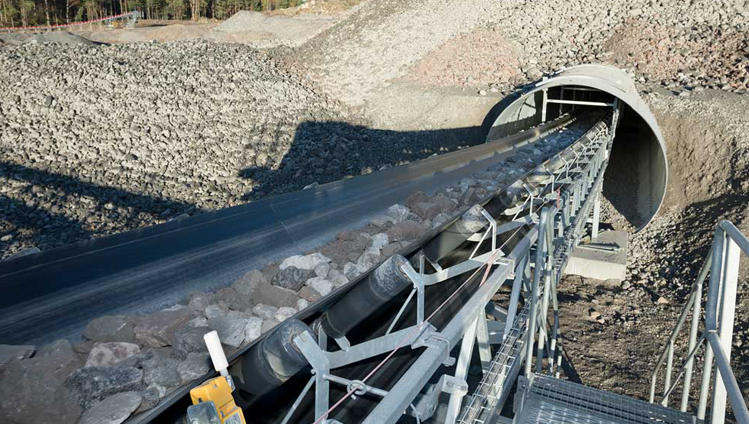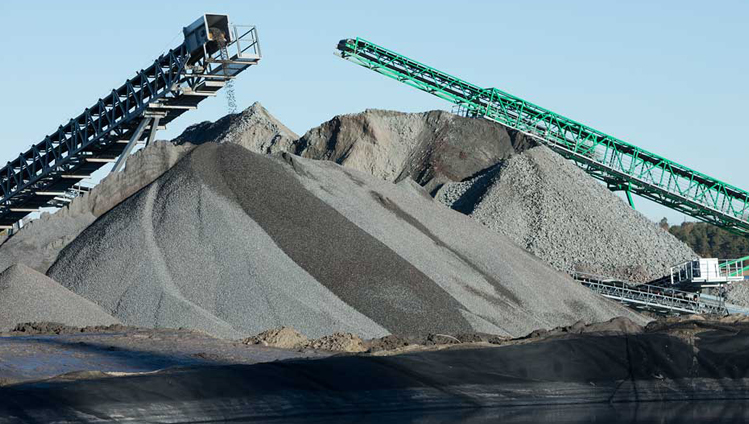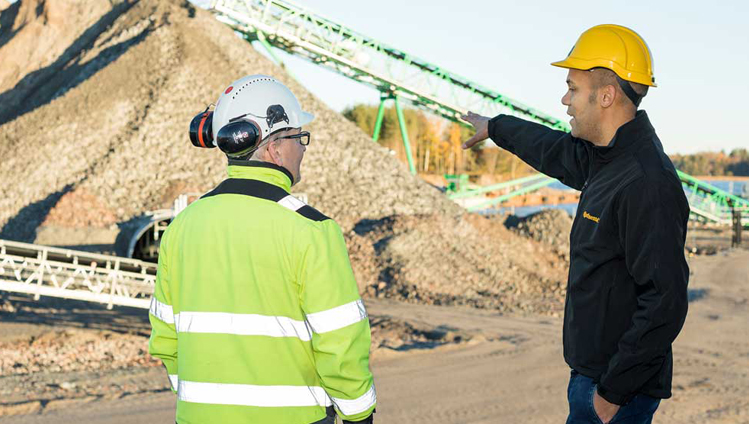
Around one-fifth of Sweden's total population currently live in the Greater Stockholm area. That’s more than two million people – and rising. And about half a million of Stockholm’s residents are commuters. The new 21-kilometer “Stockholm Bypass” highway link is being built on the outskirts of the capital to cope with the city’s continuous growth and make everyday life easier for residents by reducing traffic jams and improving air quality. More than 18 kilometers of the bypass are up to 80 meters below ground level, passing under Sweden’s third-largest lake (Lake Mälaren) in three places. Once the bypass opens (scheduled for 2026), as many as 11,000 vehicles an hour (145,000 vehicles a day) will drive through the two separate tunnels traveling on three lanes in each direction.
It would be easier to build an overground system of routes and bridges. But Sweden is a leader in sustainable urban planning and is very focused on environmental conservation, so tunneling is the best approach. The declared goal of Sweden’s Ministry of Transport is also to complete the project creating the smallest possible CO
2 footprint in the process.
From the mega-tunnel to the quarry then back on the road

Constructing mega-tunnels like the Stockholm Bypass project generates tons of rubble. A series of belt conveyors belt are being used to transport the extracted rock to three temporary ports that have been set up for the project. The rubble is removed by barge from the construction site in Stockholm to the quarry of
HeidelbergCement’s aggregate company
Jehander in Löten.
The rubble is then reused for concrete mostly for road construction or is used to build houses and office buildings in Stockholm and the surrounding area. Because if there is one thing the growing city needs it is construction material. “Here at Löten quarry, our textile conveyor belts are currently working flat out as a result of the major bypass construction project,” Continental’s Daniel Grimes explains. “They have proven to be an exceptionally reliable solution on numerous projects that building materials company HeidelbergCement and its subsidiaries have worked on in Sweden and all over the world.

“ Niclas Pettersson at Jehander can substantiate both of these comments. “So far we have taken roughly seven percent of the total 5.5 million metric tons of rock that need to be processed out of the tunnel. For this undertaking we can count not only on the quality and long service life of Continental’s conveyor belts, but also on the smooth operation of the conveyors. Service plays just as big a role as the high-quality products and systems in our longstanding partnership.”
A tight-knit network for optimal service
Our tight-knit network means that we can offer our customers a local service with everything from a single source – from technical advice, extensive planning and engineer-driven development all the way through to manufacturing, installation, commissioning, maintenance and monitoring for complex conveyor systems and delivery of conveyor belts and components. That is how we ensure the systems run around the clock – especially for landmark projects such as this bypass.
.jpg.aspx?lang=de-DE&width=200&height=228) |
Daniel Grimes is Continental’s man in Sweden:
„For my whole team here in Sweden, it is really special for Continental to be involved in this major pioneering project.“ |
Specially developed solution for drilling equipment
Incidentally, Our products are also proving they are up to the job for the actual tunneling part of the project. The drills used to bore into the hard rock for the blast holes are fitted with
Continental DrillMaster tires in OE quality.